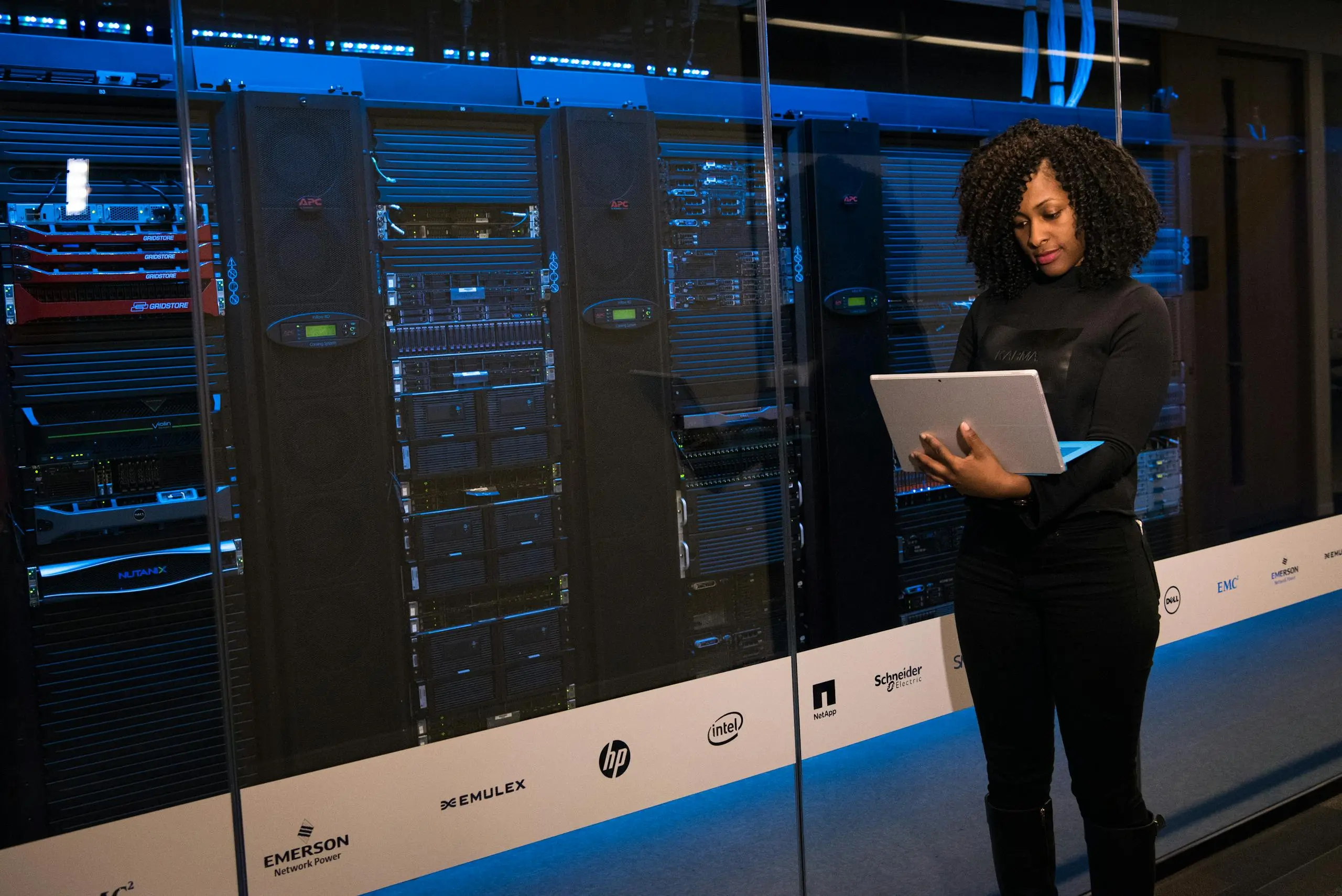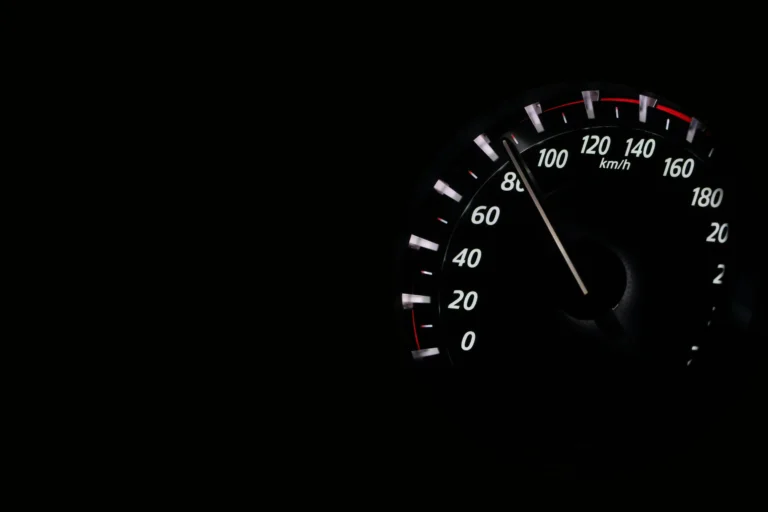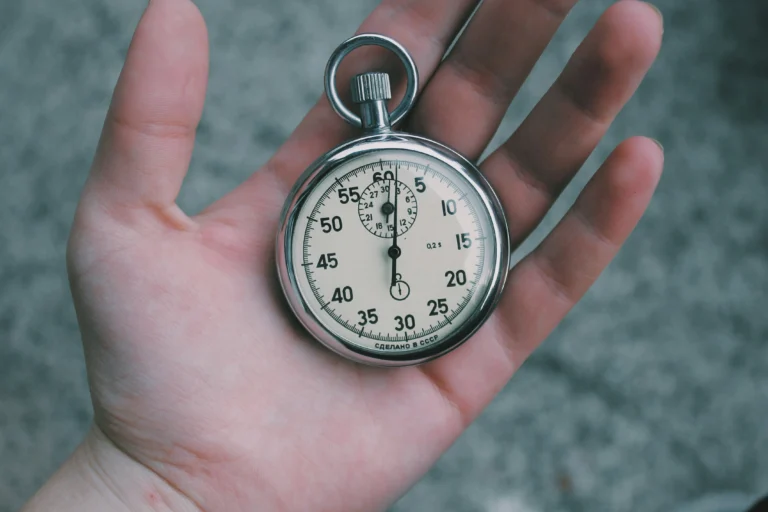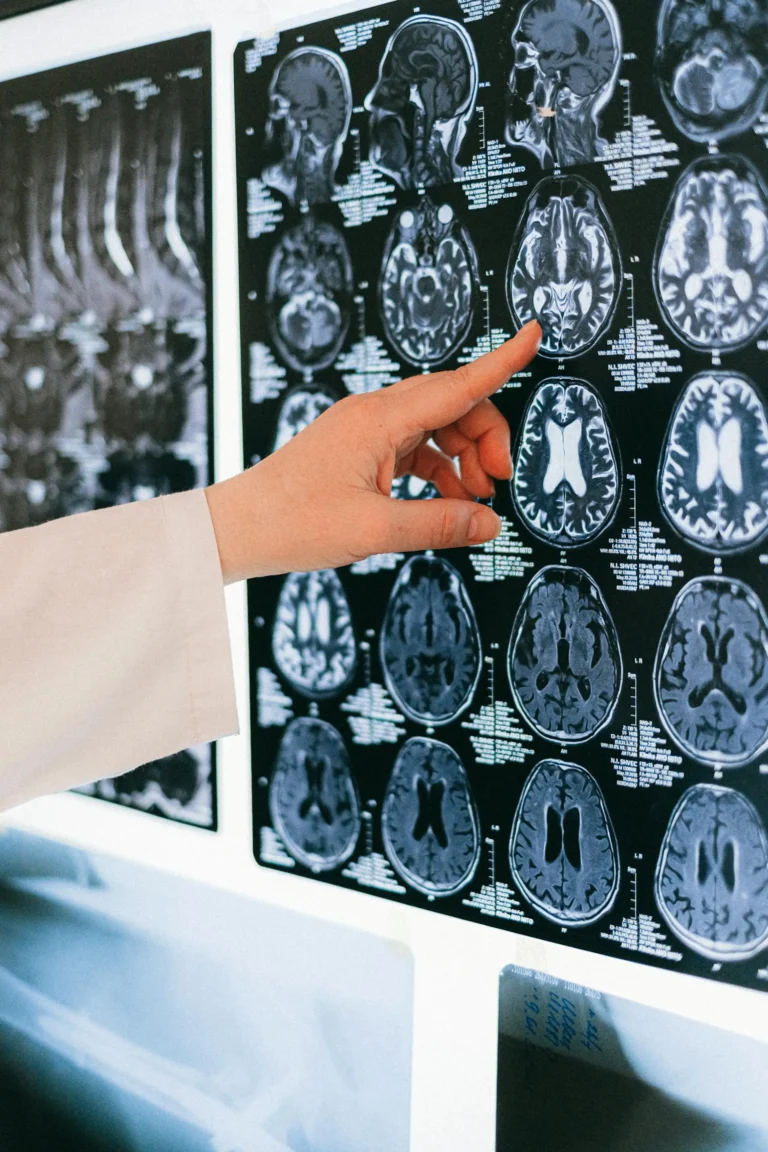Key Server-Side Factors Affecting WordPress Speed
What matters on the server?
What are the server-side factors that affect the speed of your website?
1. Server Location and Initial Response Time
Server location and initial response time are critical factors in WordPress speed. Generally, a response time above 500ms is considered suboptimal for your specific location. While this alone might not account for load times in the high 20s after switching hosts, it’s an important metric to monitor. To improve this, consider getting a faster server closer to your primary audience. You can check your initial server response time using Google PageSpeed Insights. Keep in mind that high response times can also result from resource bottlenecks and an overloaded CPU, not just geographical distance.
2. HTTP/2 Implementation
HTTP/2 implementation can significantly impact your WordPress site’s speed, especially if you’re loading numerous resources simultaneously. For sites making 80+ HTTP requests, HTTP/2 can be particularly beneficial. To check if HTTP/2 is activated, use Chrome’s Inspect tool, navigate to the Network tab, and enable the ‘protocol’ column. You should see ‘h2’ as the protocol for most files like images. Alternatively, you can use tools like https://tools.keycdn.com/http2-test. If HTTP/2 isn’t enabled, it could explain a large difference in load times between hosts. Contact your hosting provider to enable this feature if it’s not already active.
3. Server Resource Allocation
Server resource allocation plays a crucial role in your WordPress site’s performance. Without knowing the specific resource requirements of your website and the quality of your server, it’s challenging to pinpoint exact issues. However, it’s important to compare the server specifications between your previous and current hosts. Consider factors such as whether you’re on shared hosting or a VPS, the number of CPU cores, available RAM, and whether the server uses SSD or NVMe storage. If your website is starved for resources with a backlog of scripts and CSS to process, this could explain slow initial load times.
4. PHP Version
The PHP version running on your host can significantly affect your WordPress site’s performance. Generally, anything below PHP 7.x is considered outdated. Some hosts may run PHP 5.x by default, which can lead to slower performance. Ideally, you should be running PHP 8.x, which offers stable and improved performance. An outdated PHP version can contribute to poor resource utilization and slow down your site overall, especially if you’re already dealing with limited server resources. Additionally, an outdated PHP version may throw errors that further slow down your website load times. These errors would be visible in the browser’s console.
5. PHP-FPM Configuration
PHP-FPM setup is a more advanced factor, but it can have a significant impact on your site’s performance, particularly on initial response times. If your server is running PHP-FPM, the configuration mode – whether it’s set to ‘ondemand’, static, or dynamic – can affect performance in specific cases. While this might require more technical knowledge to optimize, it’s worth considering if you’re looking to squeeze out every bit of performance from your server.
6. Server-Side Caching
Server-side caching can dramatically improve load speeds, especially for static content. Technologies like Varnish or LiteSpeed can make a substantial difference in your site’s performance. Even if you’re on a less powerful hosting plan, effective server-side caching can make the situation much more manageable. It’s worth checking if your previous host had Varnish enabled or if it was a LiteSpeed server. If your current host allows it, implementing server-side caching could significantly boost your WordPress site’s speed.






